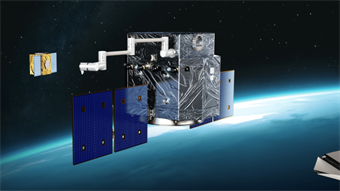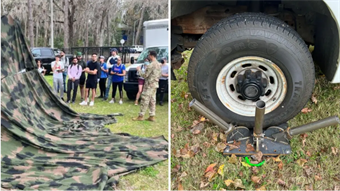Aviation-grade motor tested for transport-category zero-emissions aircraft
Engineering360 News Desk | September 09, 2021Wright Electric has begun testing its 2 MW motor, reportedly the largest propulsive aerospace motor engineered to date for electric and hydrogen aircraft.
Scaling electric and hybrid-electric propulsion systems from general aviation to larger aircraft applications requires much more powerful and lighter weight altitude-capable electric motor technology. Their purpose is to convert the DC power from batteries into propulsive thrust that is compatible with industry standard  The 2 MW aviation-grade motor (with Coke can for size reference). Source: Wright Electricducted fan and propeller systems for commercial aircraft. The motor is being designed to be scalable from 500 kW to 4 MW systems.
The 2 MW aviation-grade motor (with Coke can for size reference). Source: Wright Electricducted fan and propeller systems for commercial aircraft. The motor is being designed to be scalable from 500 kW to 4 MW systems.
The 10 kW/kg specific power of the motor design represents a significant improvement compared to available aircraft propulsion motors. This allows application of the motor up to the single-aisle class aircraft to enable electric and hybrid-electric flight with little to no emissions. Engineers will test 10 2 MW motors on the Wright 1 aircraft for a total of 20 MW, which is as powerful as the A320 Airbus aircraft flown by major airlines operating today. A two-motor system could power a 50 seat aircraft such as the ATR-42.
The next phase of development will entail integration with an in-house developed highly efficient inverter, high altitude chamber testing and qualification for flight readiness.




